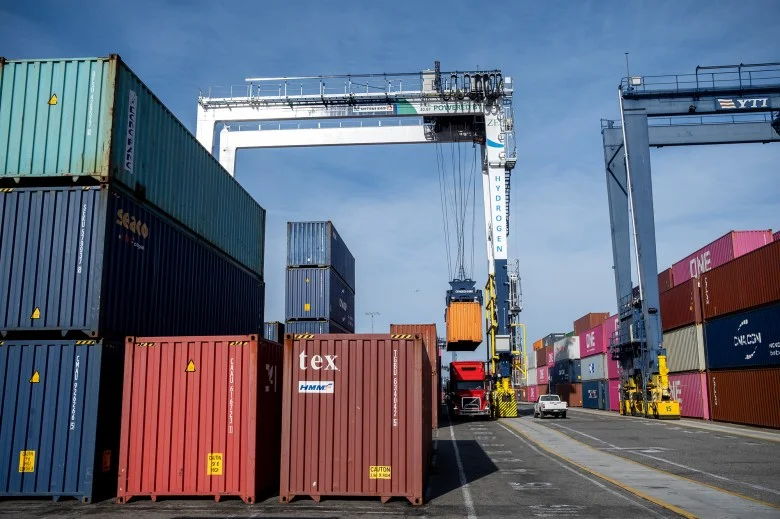
California Ports Face Challenges and Opportunities
California's ports are at a critical juncture, facing both significant challenges and promising opportunities. The ports, which are vital to the state's economy, have been grappling with a variety of issues, including labor disputes, environmental regulations, and competition from other ports. Despite these hurdles, there is a sense of optimism about the future, driven by investments in infrastructure and a focus on sustainability.
Labor negotiations have been a contentious issue, with the potential to disrupt operations at key ports like Los Angeles and Long Beach. These negotiations are crucial, as any prolonged disruption could have ripple effects on the supply chain, impacting businesses and consumers alike. Meanwhile, environmental regulations are becoming increasingly stringent, pushing ports to invest in cleaner technologies and practices to reduce their carbon footprint.
On the positive side, there are significant investments being made in infrastructure to modernize and expand port facilities. These investments are aimed at increasing capacity, improving efficiency, and attracting more business. Additionally, there is a strong push towards sustainability, with initiatives to electrify port equipment and reduce emissions gaining momentum.
The competition from other ports, both domestically and internationally, remains a concern. Ports in Mexico and Canada are vying for a share of the market, prompting California's ports to innovate and find new ways to stay competitive. As the state looks to the future, the ability to navigate these challenges while capitalizing on opportunities will be crucial for the continued success of its ports.